
下载亿题库APP
联系电话:400-660-1360

下载亿题库APP
联系电话:400-660-1360

请谨慎保管和记忆你的密码,以免泄露和丢失

请谨慎保管和记忆你的密码,以免泄露和丢失

小伙伴们,雅思考试大家复习的怎么样了呢?下面是帮考网分享的雅思考试阅读部分的练习题,一起来看看吧!
雅思阅读练习及答案:
Dec 13th 2006
From The Economist print edition
1 REFRIGERATORS are the epitome of clunkytechnology: solid, reliable and just a little bit dull.They have not changed much over the past century,but then they have not needed to. They are basedon a robust and effective idea--draw heat from thething you want to cool by evaporating a liquid nextto it, and then dump that heat by pumping the vapour elsewhere and condensing it. Thismethod of pumping heat from one place to another served mankind well when refrigerators’main jobs were preserving food and, as air conditioners, cooling buildings. Today’s high-techworld, however, demands high-tech refrigeration. Heat pumps are no longer up to the job. Thesearch is on for something to replace them.
2 One set of candidates are known as paraelectric materials. These act like batteries whenthey undergo a temperature change: attach electrodes to them and they generate acurrent. This effect is used in infra-red cameras. An array of tiny pieces of paraelectric materialcan sense the heat radiated by, for example, a person, and the pattern of the array’s electricaloutputs can then be used to construct an image. But until recently no one had bothered muchwith the inverse of this process. That inverse exists, however. Apply an appropriate currentto a paraelectric material and it will cool down. 3 Someone who is looking at this inverse effect isAlex Mischenko, of Cambridge University. Using commercially available paraelectric film, he andhis colleagues have generated temperature drops five times bigger than any previouslyrecorded. That may be enough to change the phenomenon from a laboratory curiosity tosomething with commercial applications.
4 As to what those applications might be, Dr Mischenko is still a little hazy. He has,nevertheless, set up a company to pursue them. He foresees putting his discovery to use inmore efficient domestic fridges and air conditioners. The real money, though, may be incooling computers. 5 Gadgets containing microprocessors have been getting hotter for a longtime. One consequence of Moore’s Law, which describes the doubling of the number oftransistors on a chip every 18 months, is that the amount of heat produced doubles as well. Infact, it more than doubles, because besides increasing in number, the components are gettingfaster. Heat is released every time a logical operation is performed inside a microprocessor, sothe faster the processor is, the more heat it generates. Doubling the frequency quadruples theheat output. And the frequency has doubled a lot. The first Pentium chips sold by Dr Moore’scompany, Intel, in 1993, ran at 60m cycles a second. The Pentium 4--the last "single-core"desktop processor--clocked up 3.2 billion cycles a second.
6 Disposing of this heat is a big obstruction to further miniaturisation and higher speeds.The innards of a desktop computer commonly hit 80℃. At 85℃, they stop working. Tweakingthe processor’s heat sinks (copper or aluminium boxes designed to radiate heat away) hasreached its limit. So has tweaking the fans that circulate air over those heat sinks. And theidea of shifting from single-core processors to systems that divided processing powerbetween first two, and then four, subunits, in order to spread the thermal load, also seems tohave the end of the road in sight.
7 One way out of this may be a second curious physical phenomenon, the thermoelectriceffect. Like paraelectric materials, this generates electricity from a heat source and producescooling from an electrical source. Unlike paraelectrics, a significant body of researchers isalready working on it.
8 The trick to a good thermoelectric material is a crystal structure in which electrons canflow freely, but the path of phonons--heat-carrying vibrations that are larger than electrons--isconstantly interrupted. In practice, this trick is hard to pull off, and thermoelectric materialsare thus less efficient than paraelectric ones (or, at least, than those examined by DrMischenko). Nevertheless, Rama Venkatasubramanian, of Nextreme Thermal Solutions in NorthCarolina, claims to have made thermoelectric refrigerators that can sit on the back of computerchips and cool hotspots by 10℃. Ali Shakouri, of the University of California, Santa Cruz, sayshis are even smaller--so small that they can go inside the chip.
9 The last word in computer cooling, though, may go to a system even less techy than aheat pump--a miniature version of a car radiator. Last year Apple launched a personalcomputer that is cooled by liquid that is pumped through little channels in the processor, andthence to a radiator, where it gives up its heat to the atmosphere. To improve on this, IBM’sresearch laboratory in Zurich is experimenting with tiny jets that stir the liquid up and thusmake sure all of it eventually touches the outside of the channel--the part where the heatexchange takes place. In the future, therefore, a combination of microchannels and eitherthermoelectrics or paraelectrics might cool computers. The old, as it were, hand in hand with thenew.
好了,以上就是今天分享的全部内容了,各位小伙伴根据自己的情况进行查阅,希望本文对各位有所帮助,预祝各位取得满意的成绩,如需了解更多相关内容,请关注帮考网!
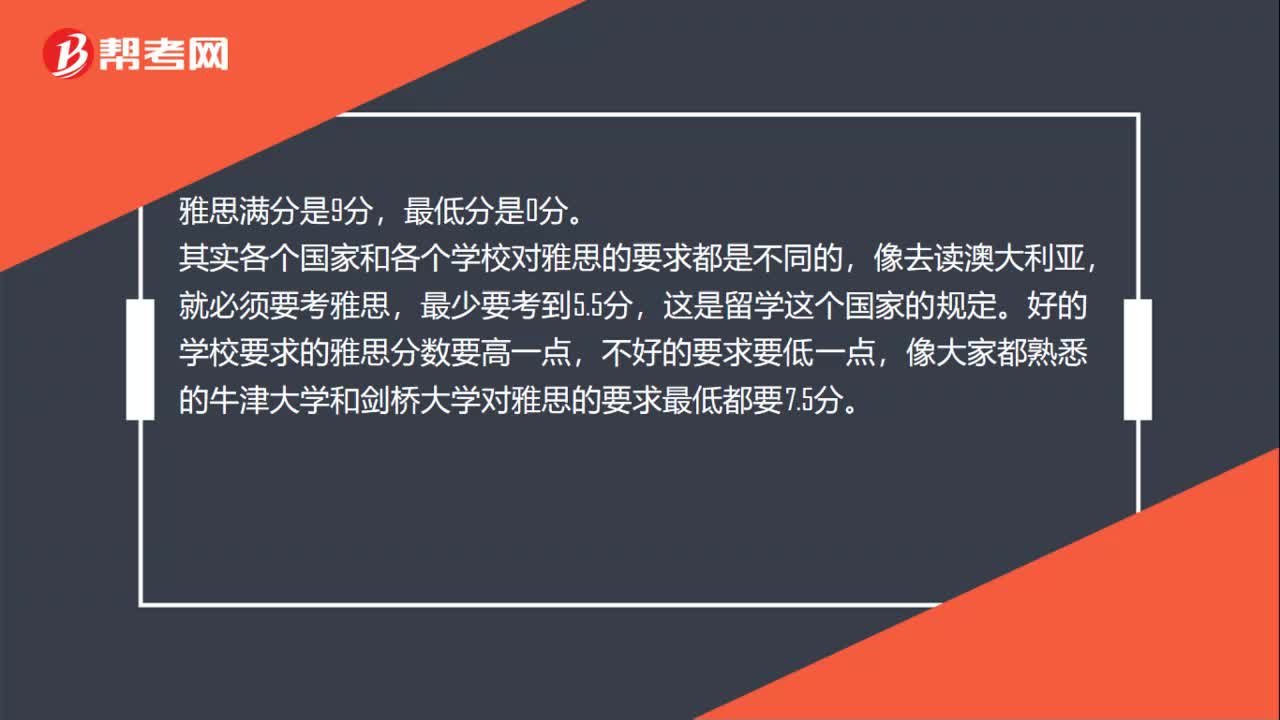 36
36雅思考试总分是多少?:雅思考试总分是多少?雅思满分是9分,最低分是0分。其实各个国家和各个学校对雅思的要求都是不同的,像去读澳大利亚,就必须要考雅思,最少要考到5.5分,这是留学这个国家的规定。好的学校要求的雅思分数要高一点,不好的要求要低一点,像大家都熟悉的牛津大学和剑桥大学对雅思的要求最低都要7.5分。
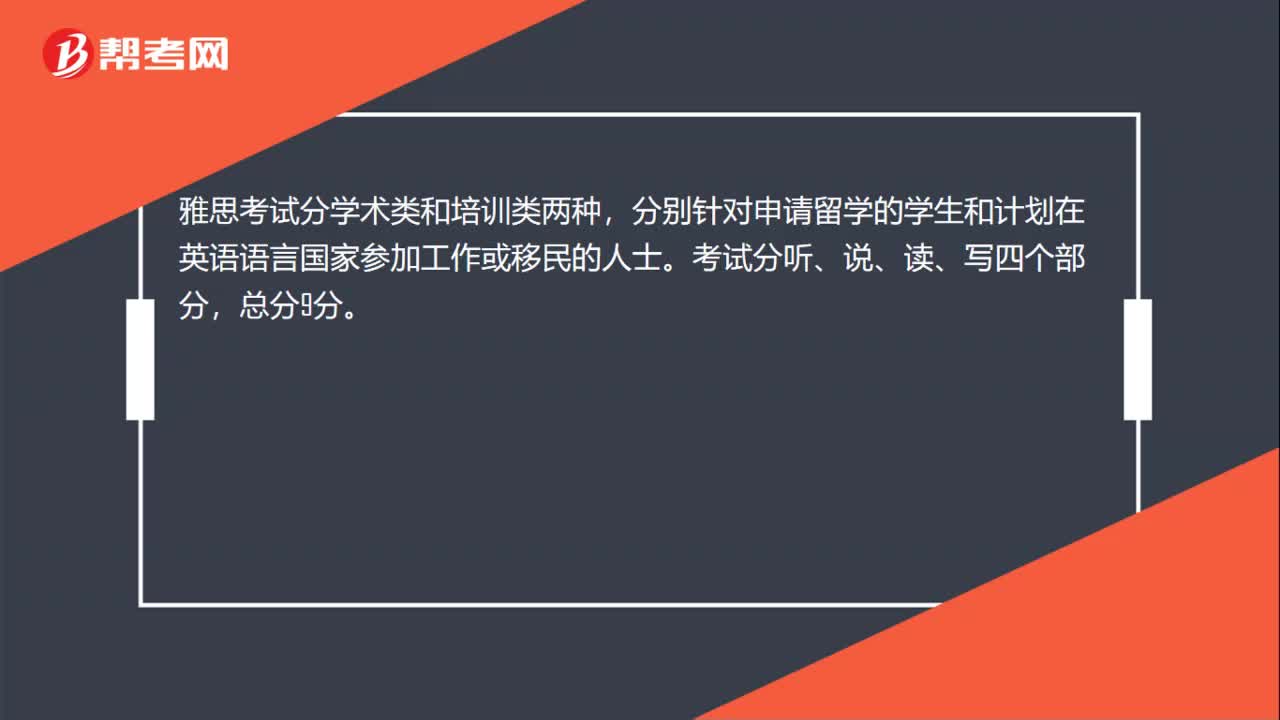 21
21雅思考试有几种类型?:雅思考试有几种类型?雅思考试分学术类和培训类两种,分别针对申请留学的学生和计划在英语语言国家参加工作或移民的人士。考试分听、说、读、写四个部分,总分9分。
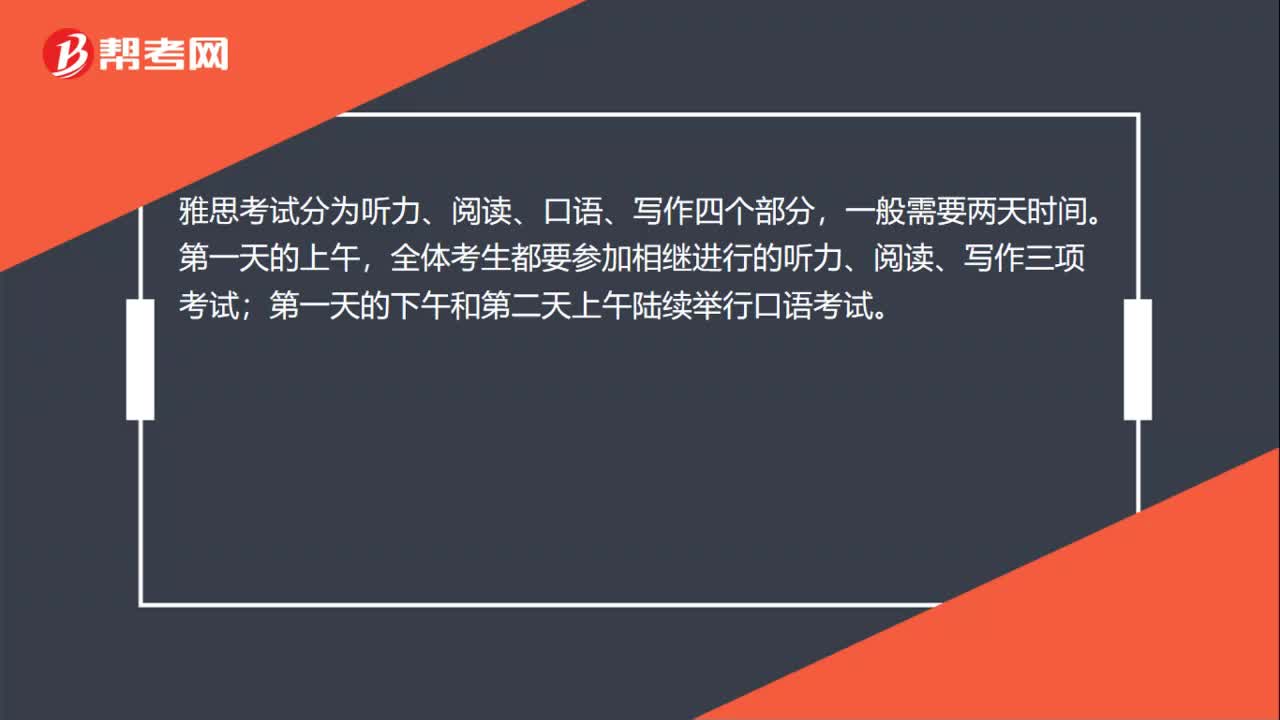 26
26雅思考试内容有哪些?:雅思考试内容有哪些?雅思考试分为听力、阅读、口语、写作四个部分,一般需要两天时间。第一天的上午,全体考生都要参加相继进行的听力、阅读、写作三项考试;第一天的下午和第二天上午陆续举行口语考试。
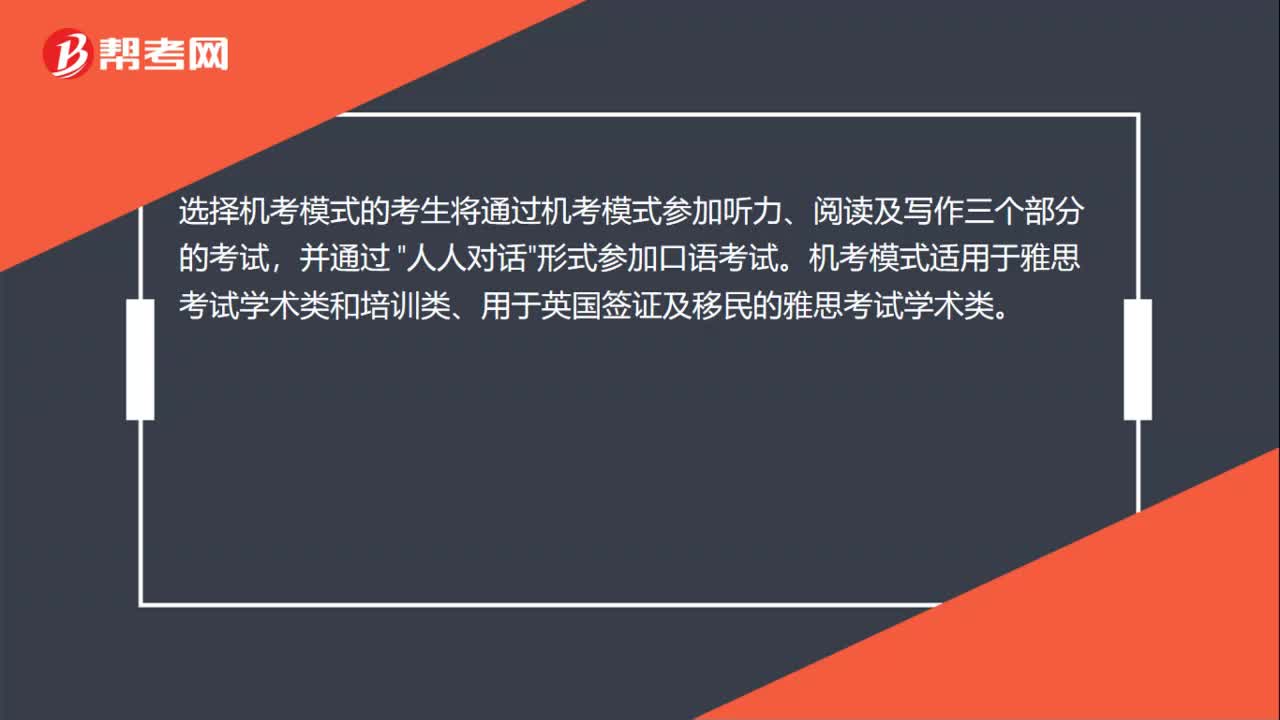 01:24
01:242020-06-01
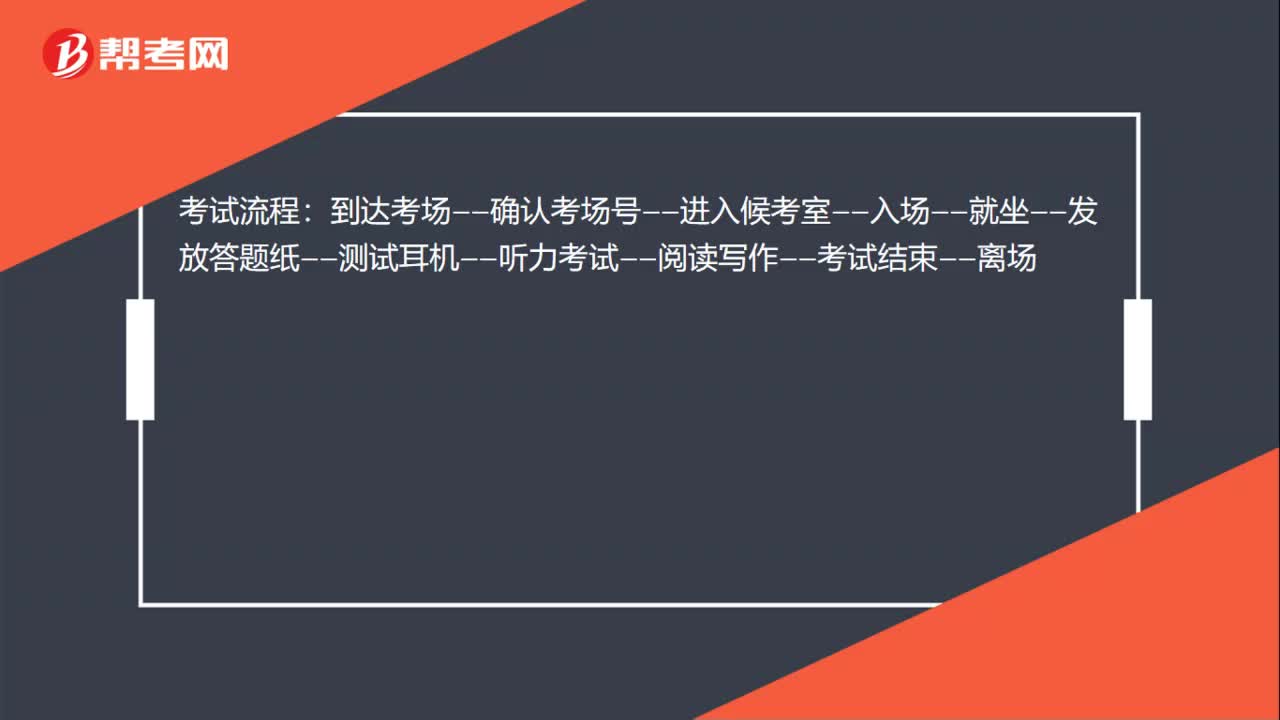 01:16
01:162020-06-01
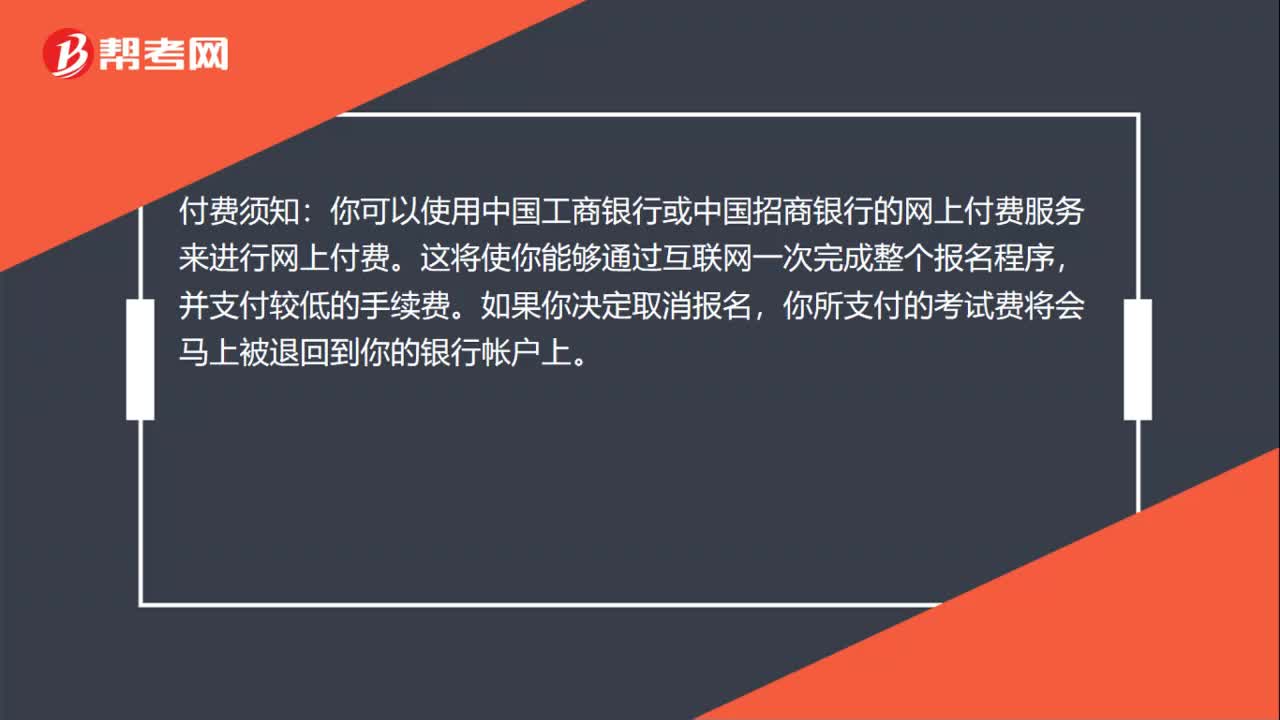 02:06
02:062020-06-01
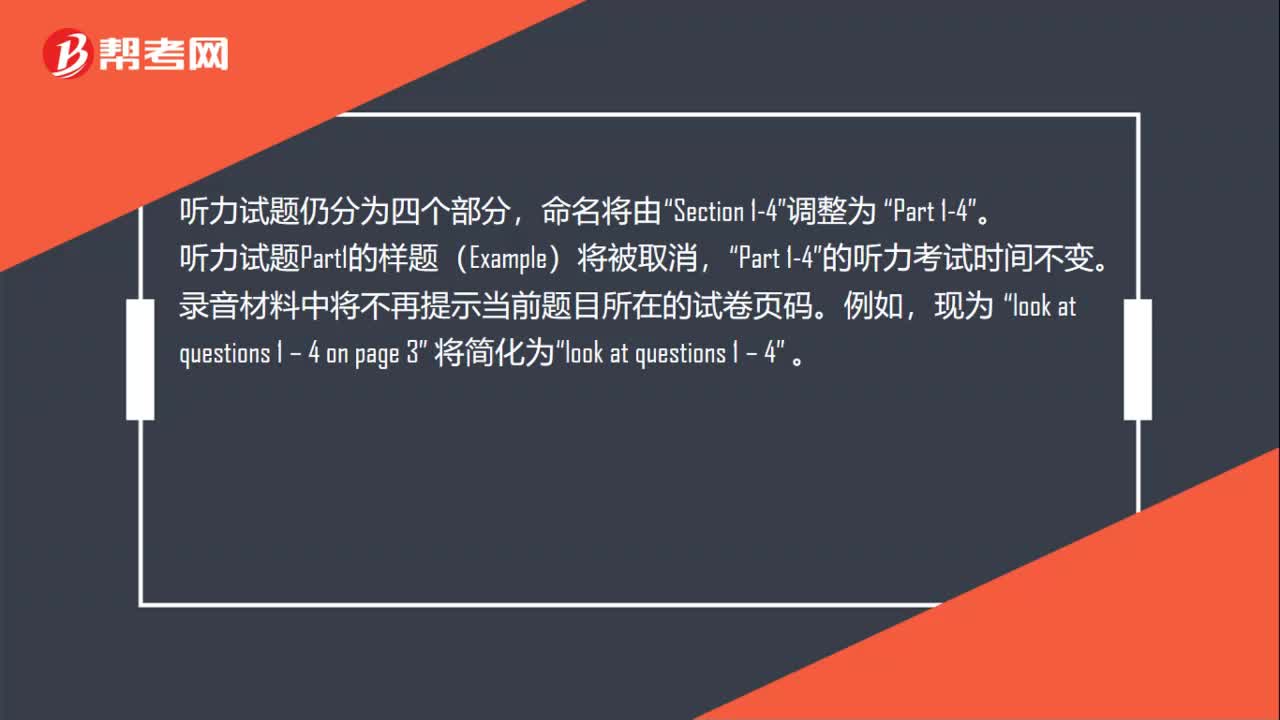 01:06
01:062020-06-01

微信扫码关注公众号
获取更多考试热门资料